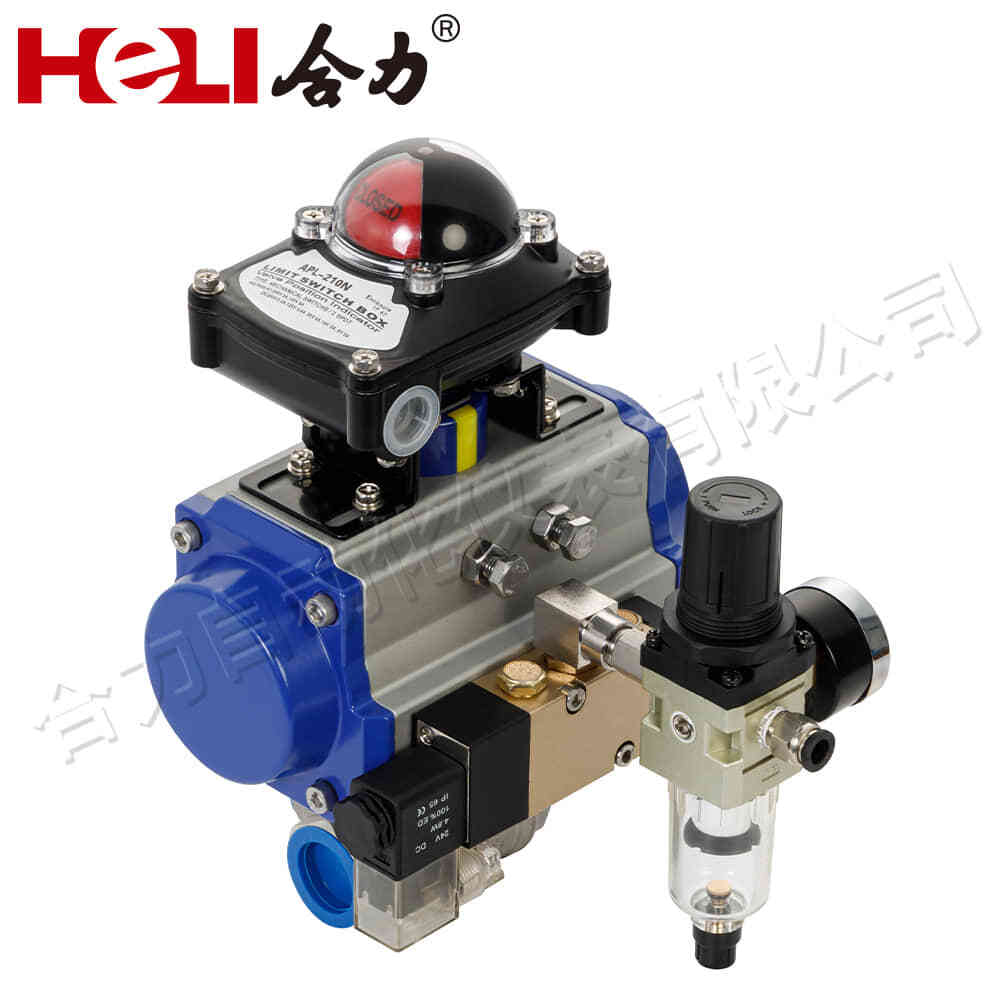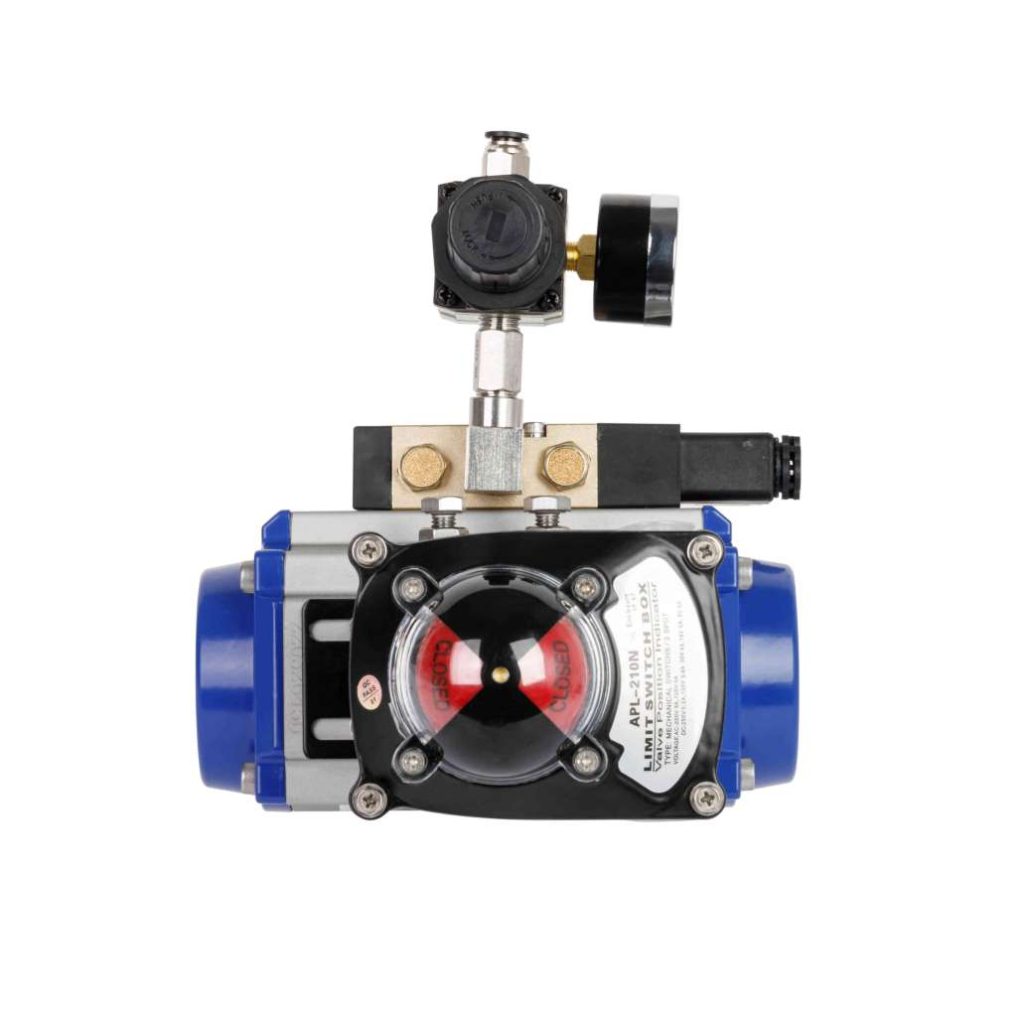Pneumatic actuators are essential components in various industrial processes, utilizing compressed air to generate motion. These devices convert the energy stored in compressed air into mechanical work, enabling precise control of valves, dampers, and other mechanisms. Employing pneumatic actuators in automation systems offers numerous advantages, including speed, reliability, and ease of maintenance. This article delves into the principles, applications, and benefits of pneumatic actuators, illustrating their crucial role in modern industry.

Principles of Pneumatic Actuators

At the core of pneumatic actuators is the concept of converting air pressure into linear or rotary motion. The actuator comprises a cylinder, piston, and end caps. When compressed air enters the cylinder, it creates pressure that forces the piston to move. This motion can be linear, as seen in linear actuators, or rotational, as exhibited in rotary actuators. There are different types of pneumatic actuators, including single-acting and double-acting variants. A single-acting actuator uses pressure to move the piston in one direction, while a spring or gravity returns it to its initial position. Conversely, a double-acting actuator uses compressed air to move the piston in both directions, allowing for more controlled and precise movements. This functionality makes double-acting actuators a popular choice in applications requiring consistent force in both directions.
